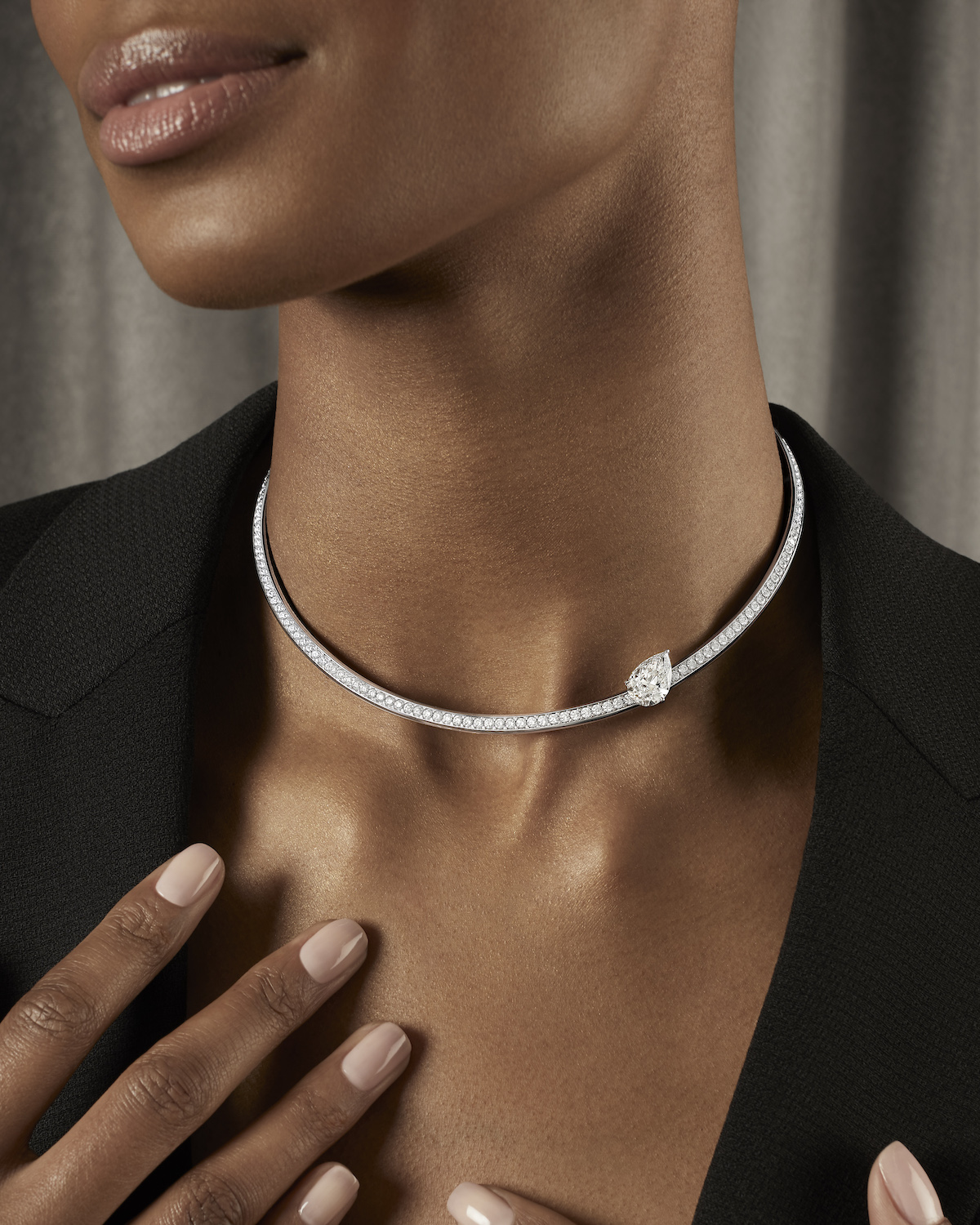Inside a Jewelry Designer’s Trip to Botswana
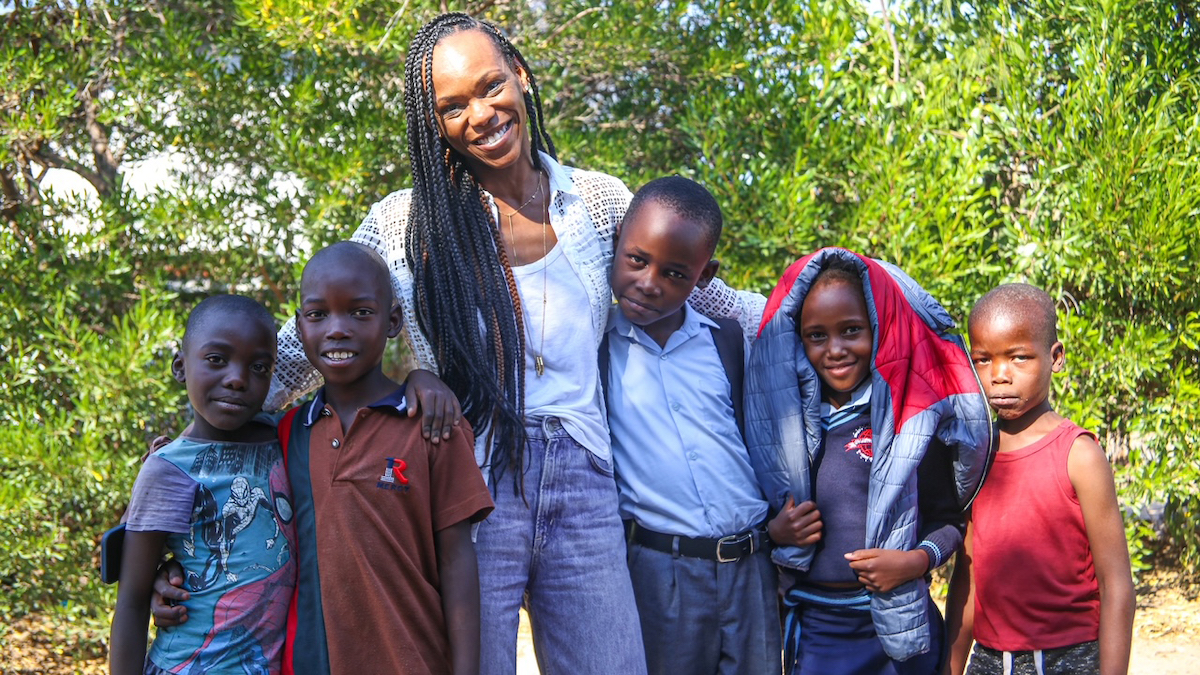
I have been a jewelry designer for more than 20 years. I love what I do. I get to create beautiful unique items with natural diamonds for discerning collectors all around the world. But my journey in the industry at times hasn’t been the most pleasant. A girl from Lagos with no family connections trying to wiggle her way into a completely new world in a different country was bound to face difficulties; in fact, the unpleasant stories are plenty. But when I started my journey in the industry, I was not only young, I was also a very stubborn dreamer. I came to realize that I was very good at taking a bad situation and using it as fuel, which burned bright into passion. Yes, I have a lot of passion for soulful jewelry and for the gemstones themselves.
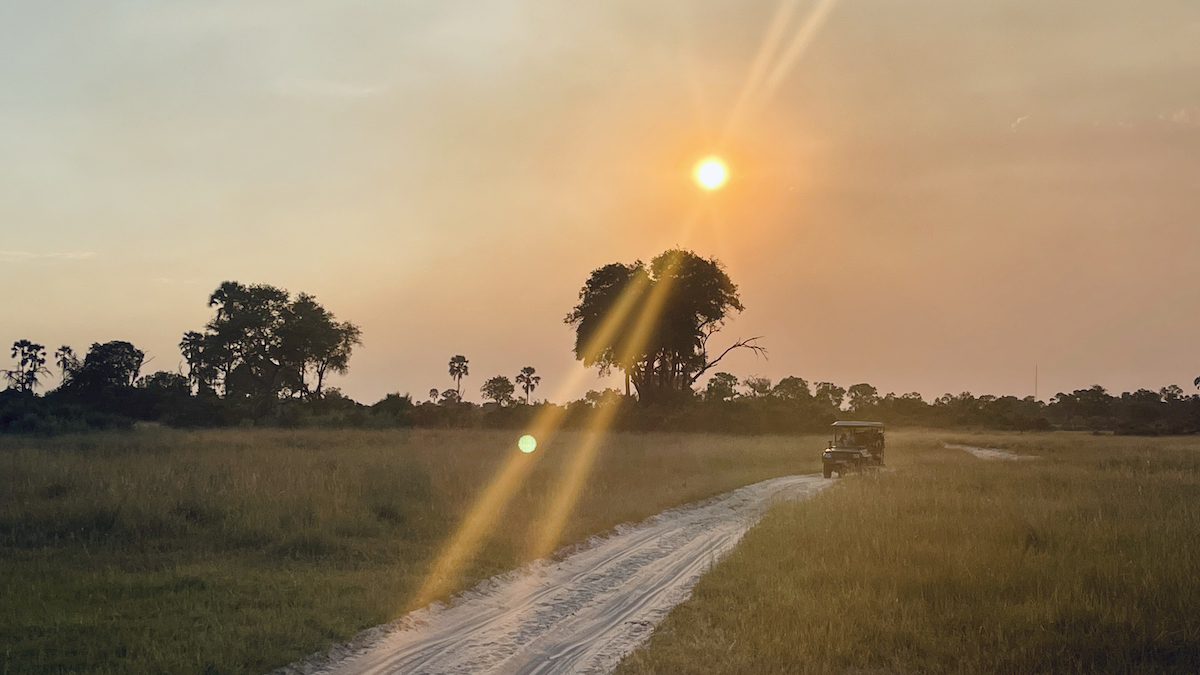
The journey has at times been made easier by other types of gems that I have encountered. What I’m referring to are my incredible clients who have chosen to partner with me to bring to reality something that speaks to their story and style, and who truly appreciate the craftsmanship that goes into my jewelry. There are also selfless jewelry professionals who choose to be kind, listen and talk sense when I need it most. And of course, the places which never stop surprising me, and that hold a very special position in my heart.
Botswana is one such unique gem. A stunning landlocked country, one of the largest producers of natural diamonds, and the rarest of African countries, Botswana is endowed with natural resources and has used them to consistently promote its economic growth. Endless investments in healthcare, education, and infrastructure have resulted in a well-developed healthcare system, high-quality education, and functioning facilities enjoyed by the people of Botswana. The country has done all of this while not only protecting the environment but actually turning conservation and the wilderness into an additional source of national pride.
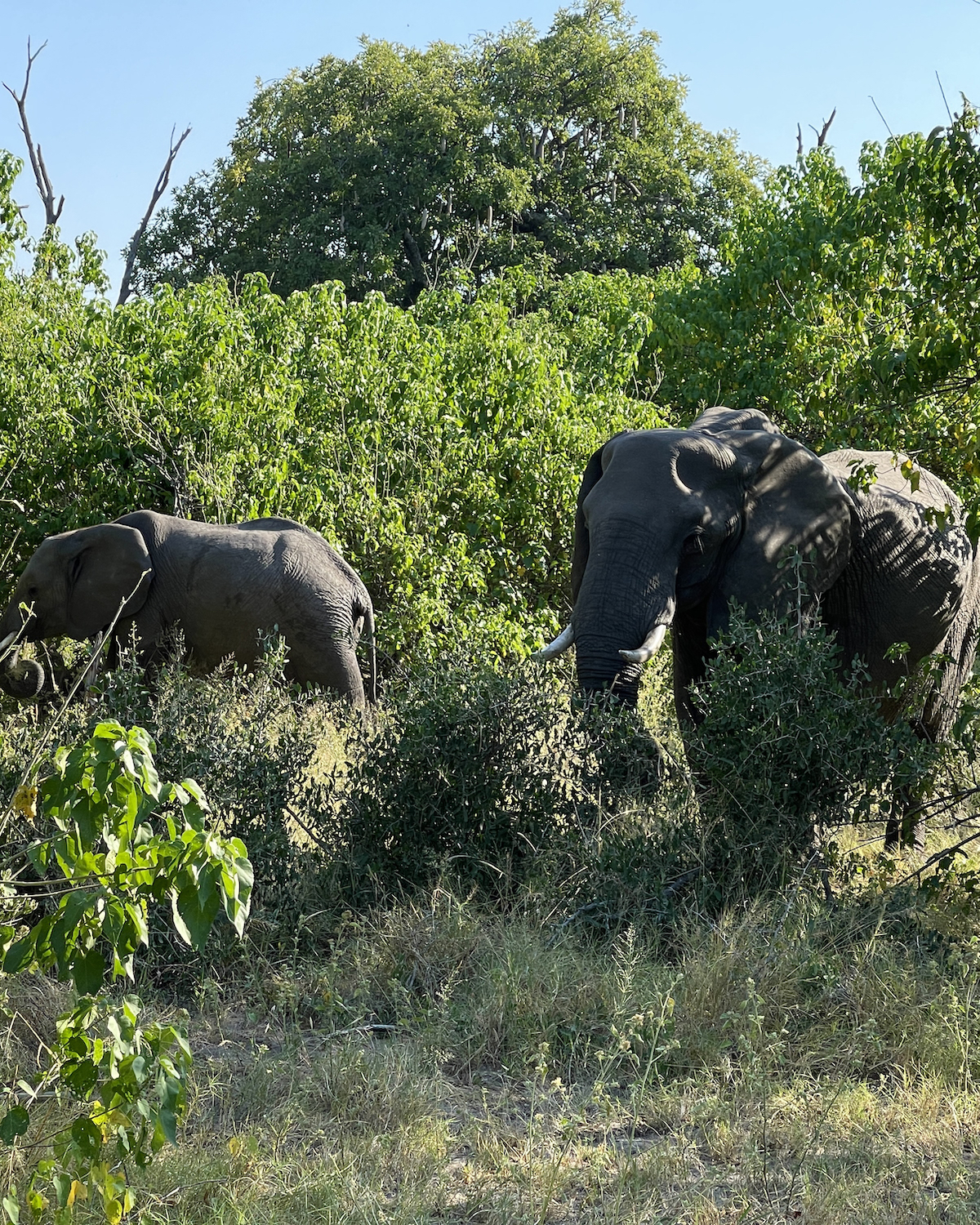
That’s why, when I was invited by Forbes to speak at their 30Under30 summit in Gaborone, I was delighted. I would be talking about my perspective on the mining industry in Botswana, a land of multiple untold treasures.
The day I landed, I was parachuted into a panel discussion titled Mining Minds On The State Of Gem Entrepreneurship (a quintessential miner’s pun I guess!). It was a very fast-paced and engaging exchange of ideas with my impressive fellow panelists: Naseem Lahri and Olivia Landau. The main point I tried to get across was that for me, there is still a fundamental storytelling issue with Botswana; many of its treasures are still partially untold. And that, in a context where our clients (and rightly so), demand ever stricter assurances on gemstones’ provenance, we might face very turbulent times ahead if we don’t quickly establish the authentic narrative.
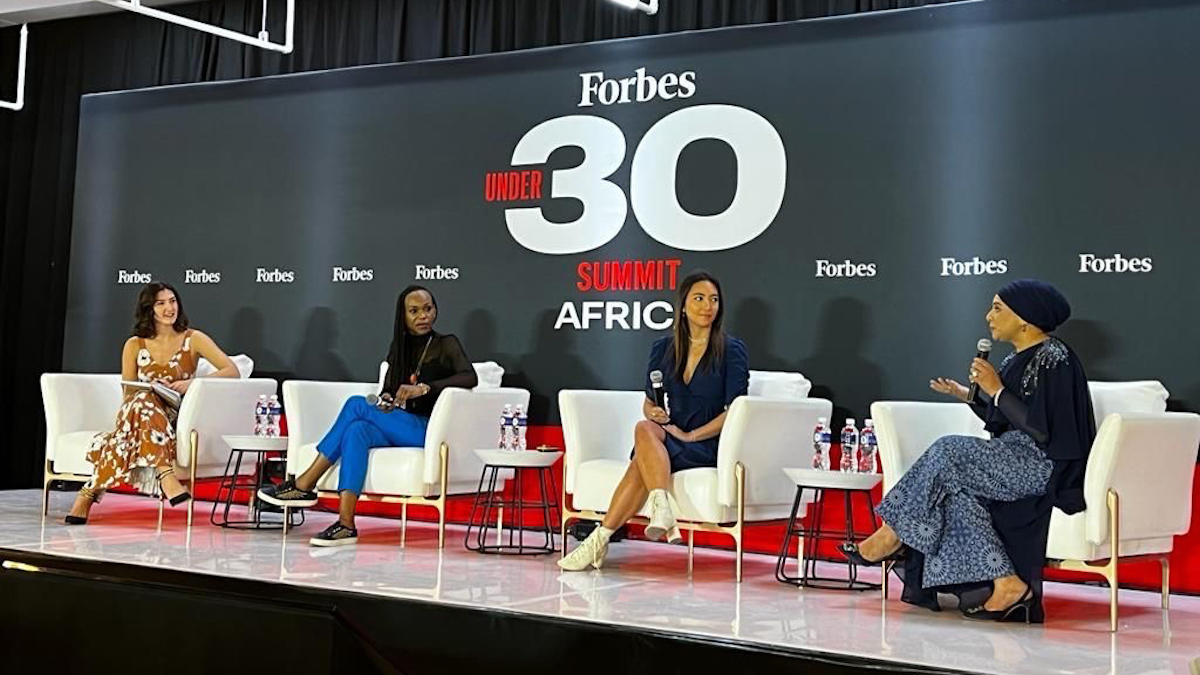
After the 30Under30 summit, my trip continued at break-neck speed.
First, I spent some time at Lucara’s diamond office in Gaborone. There I got to play with some diamonds—unpolished and uncut—yet holding within the promise of something unpredictably beautiful. But the very polished diamond that shone strongest was my Forbes co-panelist Naseem Lahri! The long conversation I had with her revealed to me an incredibly enlightened woman and professional who deeply cares about Botswana’s well-being and further development. A visionary who has reminded me of all the amazing work done by Lucara to turn around the industry’s practices and perceptions.
Then, I was off to visit Debswana’s diamond mine in Orapa, where these extraordinary gems are unearthed—exquisite gems that hold the secrets of time and beauty. Here, amidst the rugged landscapes and glistening earth, I was reminded of the dedication and skill required to extract these precious treasures. What strikes me each time (and this time is no different) are the people that work here. An entire community that thrives—not just exists—looking after their treasure because they all understand that it is for the people; it’s theirs. From an economic standpoint, the significance of natural diamonds here cannot be overstated. In Orapa Mine’s General Manager Mogakolodi ‘Mogs’ Maoketsa’s own words: “The mine is God’s greatest gift to Botswana.” As an African, this filled me with so much pride. Not only because of the gift that was buried in the earth but because it’s taken some really inspirational leadership to make this natural resource a gift to every Motswana.
And finally, I couldn’t leave without a visit to the Okavango Delta, A UNESCO World Heritage site and one of nature’s most astonishing creations. A mosaic of winding waterways, lush islands, and diverse wildlife, the delta is a sanctuary of serene beauty; lions, zebras, and other majestic creatures in their natural habitat, and an interconnectedness of incredible living beings and biodiversity safeguarded for future generations.
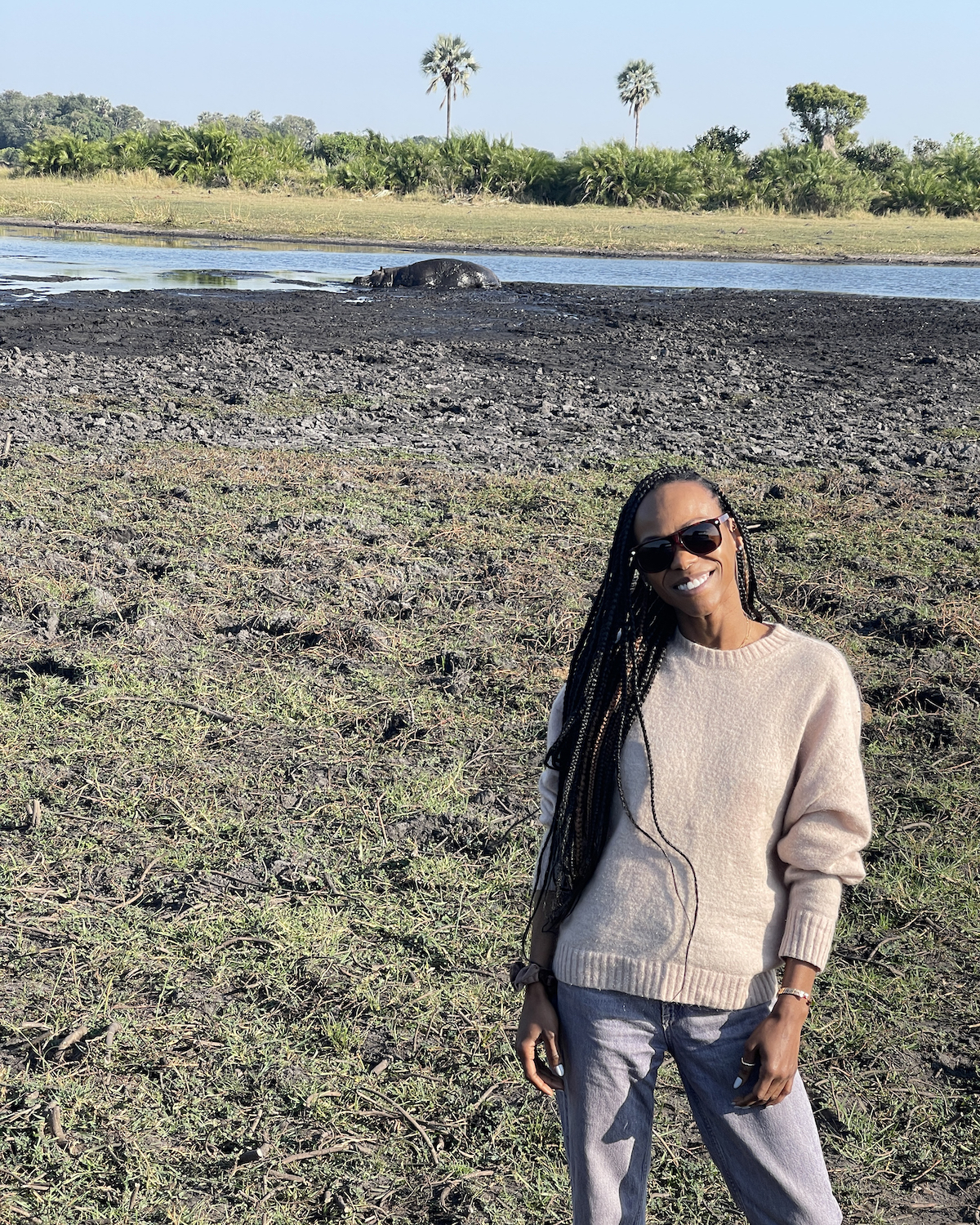
As I sat on my plane back to London, headphones on and Asa on shuffle keeping me happy, I tried to reflect on my whirlwind trip. I tried to gather in better order some of the things I had said and some of the thoughts that had been fleetingly flying through my mind.
In the early years of my career, people were asking me about blood diamonds at every turn. I found myself grasping for words on how to explain. I would talk at length about the millions of people who rely on gem extraction in Africa. And that the aim should not be to take away their daily bread, but to push for reforms—for improvements. Nowadays luckily, blood diamonds have become a very marginal phenomenon. But the world is, and legitimately so, becoming ever more demanding. The transparency of information and the urgency of the environmental problems we are all facing does not leave any room for error. At least half of my clients—and almost all the younger ones—are asking me about the environmental and community credentials of the gems I work with. Many are uncertain between natural and lab-grown diamonds and unaware of the environmental and community damage brought by the latter. There is a very clear generational shift in sensitivities.
The good news is that the conversations are finally starting to change completely. We can tell them, to go to Botswana and see what they are doing. This is a time when it is finally becoming possible to get a precious gem that is not only magnificent but has also contributed positively to the community that has found it. I make an effort to tell this story because highlighting this wonderful transformation in the industry is crucial.
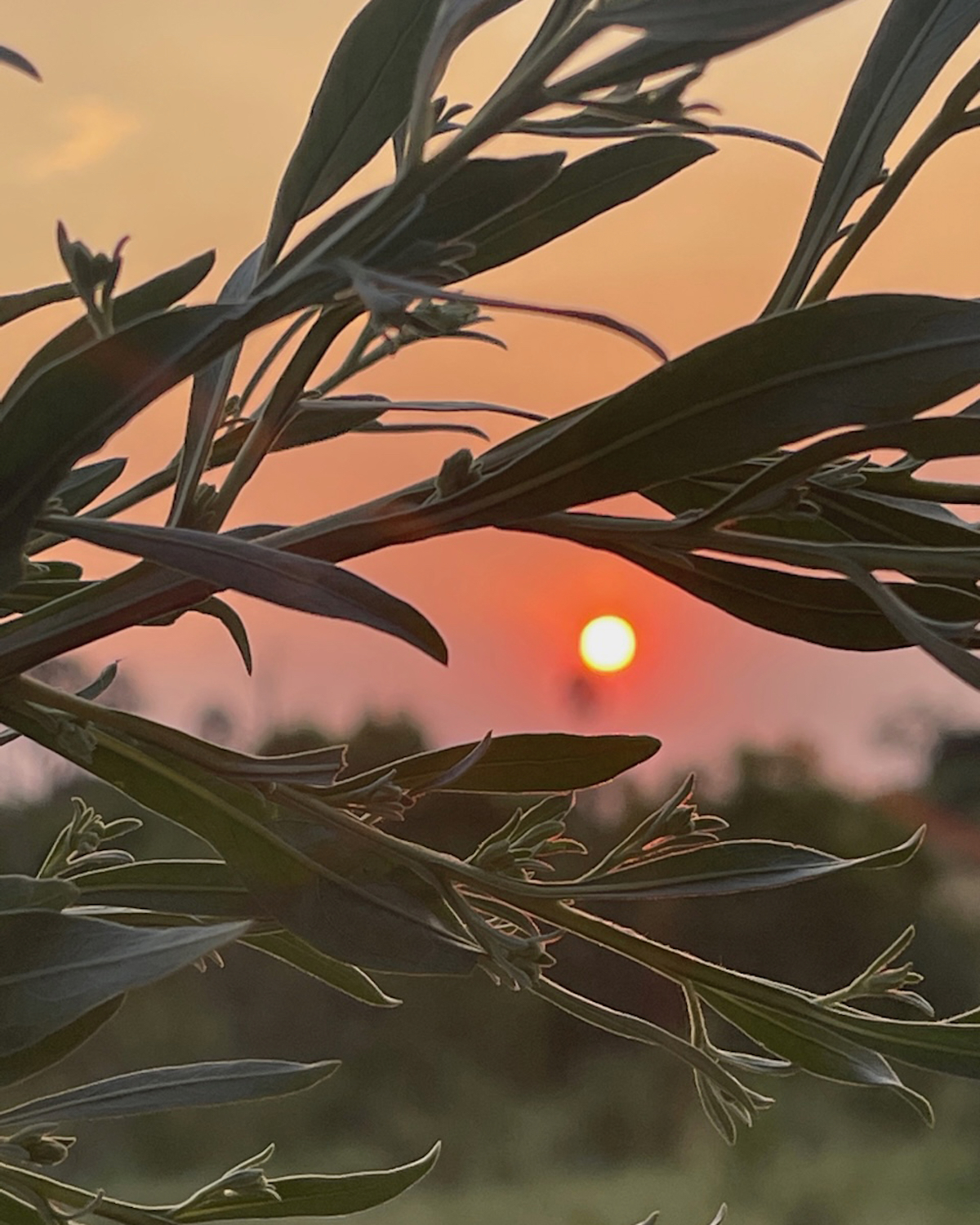
But the story is not properly told, finding the right information is hard, and getting access to the proper stones is still complicated. The players who are playing by the new rules urgently need to make a better job at unfolding the story. As an industry, we collectively need to be able to provide answers on two things: environment and community.
From an environmental standpoint, the extraction and the manufacturing must be done transparently in increasingly sustainable manners, the goal being zero net emissions and very minimal, highly mitigated pollution. This also must be done as soon as possible and easily verifiable not only by large corporations but also by smaller jewelers. When it comes to the impact on communities, we need to understand that the mining companies will be scrutinized not only on work practices but also on the contribution they make to the place where they extract. Contribution is not just tokenistic vocational courses and a few trees planted here and there. It is paying premium salaries, paying the right royalties, transferring knowledge to local professionals, and helping a country to grow towards the more sophisticated layers of the industry. And all of this will push competitors and other countries to adopt similar practices everywhere.
For this industry to adapt and survive we need everybody to move to the future and fast. Customers must be able to enter a jewelry shop or a design studio and know that they are positively contributing to millions of people’s welfare in an environmentally and socially sustainable way. Without having to become supply chain experts or having to spend hours researching on the internet. We must explain to everyone that diamonds are not just pretty stones, but also a testament to what has happened in Botswana and what is possible in many more African countries. That’s where we need to be if we want to avoid sleepless nights about the demand for diamonds.
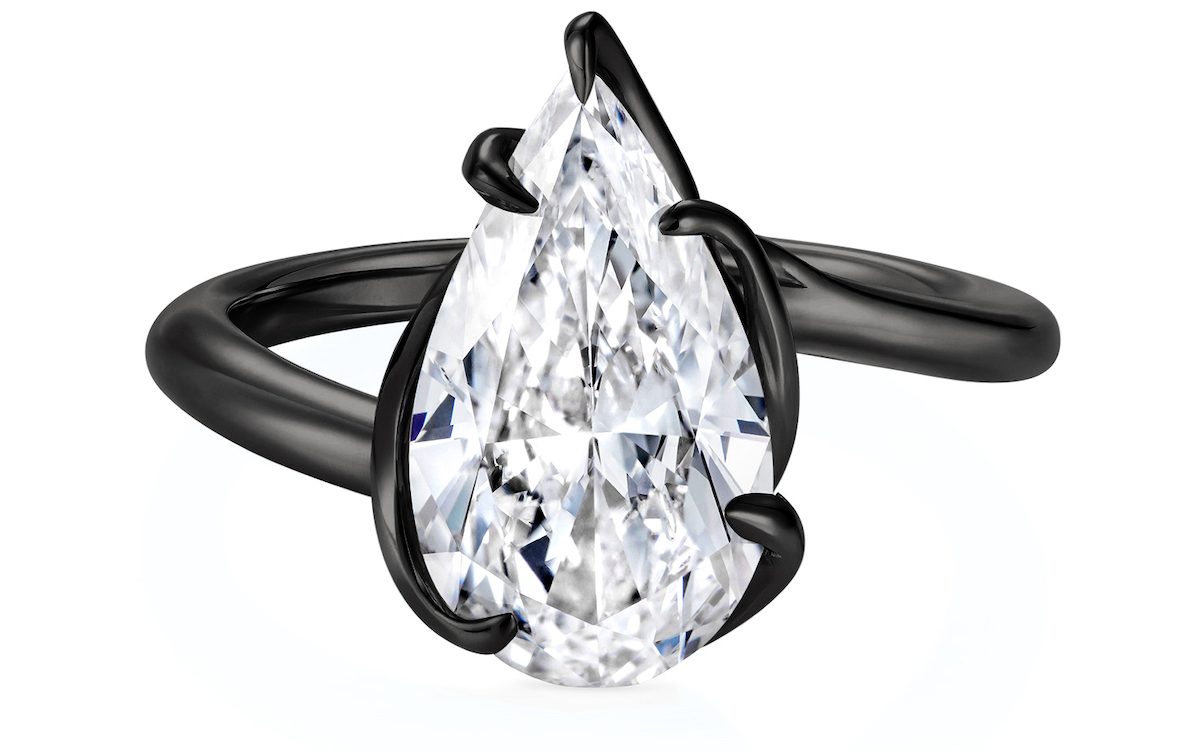
One last thought was that for me sustainability also means having a thriving ecosystem where everyone plays their role healthily. The big mining companies must take better care of all their customers. We do need large exemplary luxury companies. They provide scale, predictability and can make big changes happen. However, rising jewelry brands are also necessary to the ecosystem. They keep the big guys on their toes so that innovation keeps flowing. These smaller independent jewelers can also help the mining companies hedge their bets a bit by sustaining a wider marketplace, with more actors. I wish the mining companies were to dedicate a bit more care to nurturing the rising jewelry brands. It would go a long way in better supporting the industry-wide ecosystem sustainably.
At long last, I drifted onto how I could not wait to see my three daughters and tell them all about this trip. My girls love jewelry and all things sparkly. Nala, my two-year-old, identifies gemstones in my jewelry by color. When she sees a diamond though, she still insists on calling it twinkle star.
Discover more about initiatives taken by the Natural Diamond Council and other industry members to support emerging jewelry designers: Emerging Designers Diamond Initiative (EDDI), Black in Jewelry Initiative, Diamond Facts. This website and Only Natural Diamonds platform prioritizes the exposure and consumer awareness at scale of emerging and independent jewelers who are mobilizing innovation for the industry

